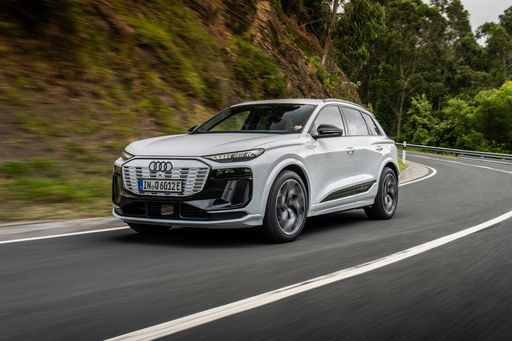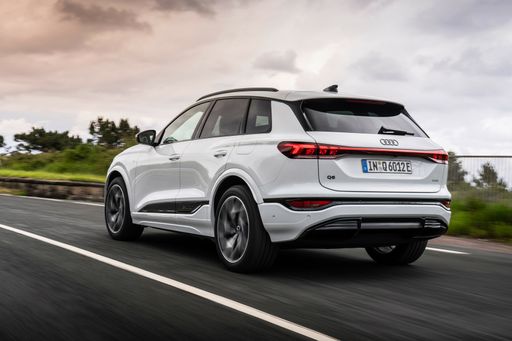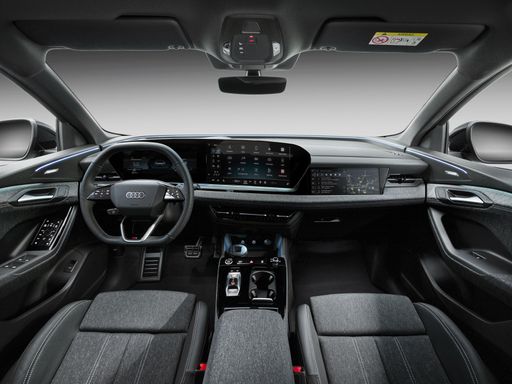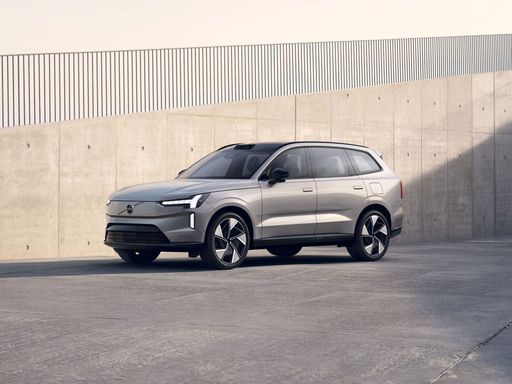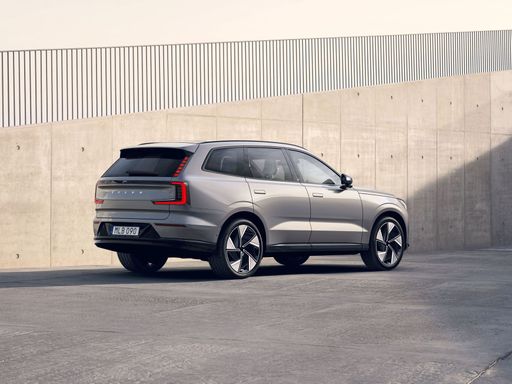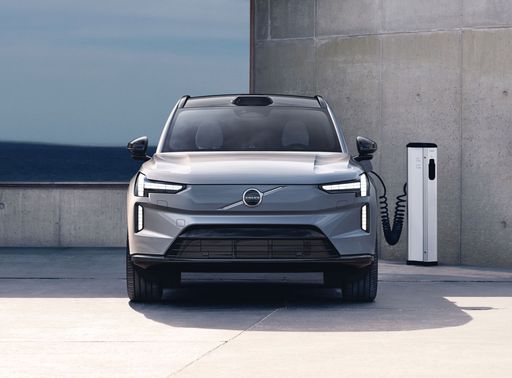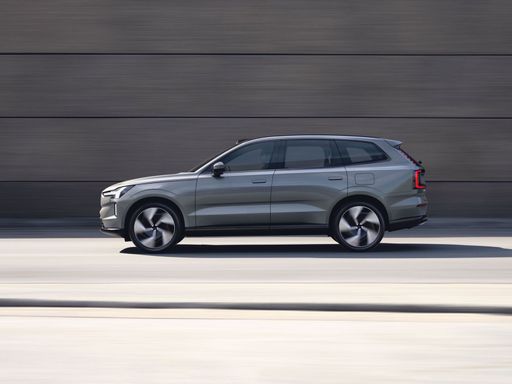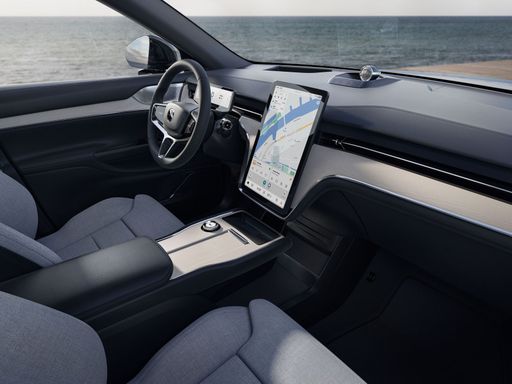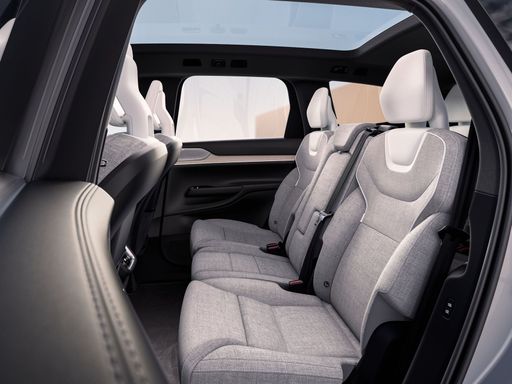Power and Performance
The Audi Q6 e-tron flaunts an impressive range of power outputs, varying from 292 HP to a staggering 516 HP across different configurations. It features both Rear-Wheel Drive (RWD) and All-Wheel Drive (AWD) options, providing flexibility to suit diverse driving preferences. Acceleration is another noteworthy aspect, with the ability to sprint from 0-100 km/h in as little as 4.3 seconds for those opting for the more powerful variants. Remarkably, the Q6 e-tron also achieves a top speed of 230 km/h, showcasing its performance-oriented nature.
In contrast, the specifications for the Volvo EX90 are still under wraps, but Volvo has made significant strides towards enhancing electric powertrains with its recent models. The brand focuses on promoting safety and sustainability, ensuring that performance doesn’t come at the cost of environmental impact. As such, we expect the Volvo EX90 to deliver similar dynamic experiences, with an emphasis on straight-line stability and efficient power delivery.

